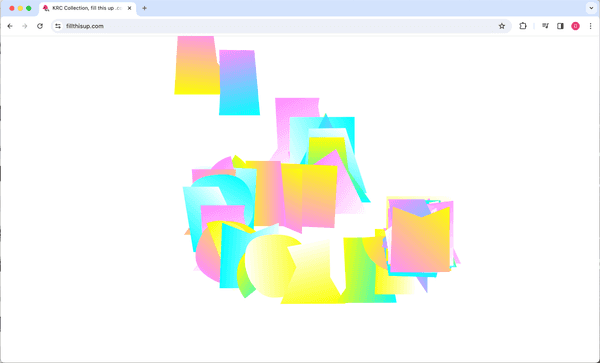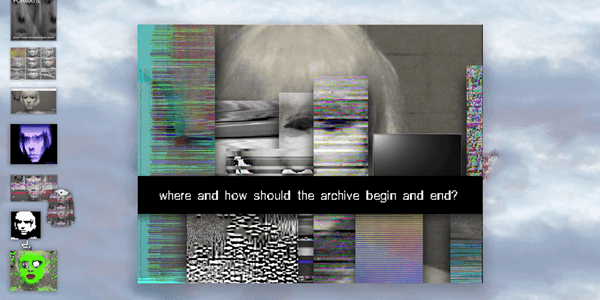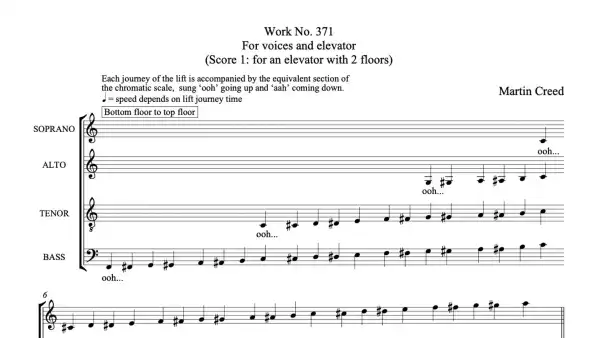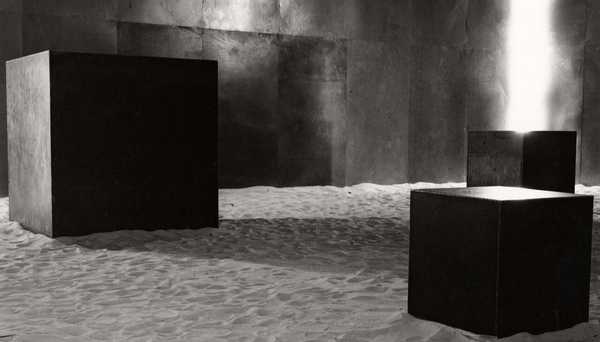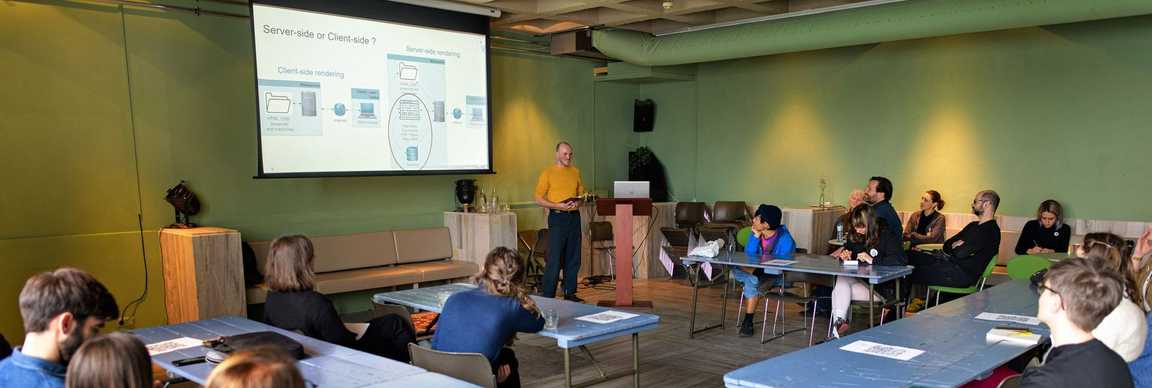
Collaborative Case Studies
Learning from case-based research.
The case studies for the Collaborative Infrastructure for Sustainable Access to Digital Art project were nominated by the 15 collections included in the project and addressed the main themes of Analysis, Documentation and Storage.
Case-Based Approach
Each technology or medium offers a range of characteristics that are specific to it. These can either be explored by an artist or they can simply be evinced as a consequence of that technology’s nature. As a result, artworks that use certain technologies are inherently dependent upon their infrastructures and are therefore inadvertently subject to the problems that entails. Depending on the nature of the artwork, the resulting variability can either be seen as intentional or a condition of this dependency, making the work vulnerable to obsolescence. External dependencies of this kind often include either proprietary hardware or software – or both – on which a work is dependent in order to function. Thus, as part of LI-MA’s Collaborative Infrastructure for Sustainable Access to Digital Art project, complex digital artworks are being investigated with the goal of building and sharing knowledge around their preservation and future presentation.
To deepen and transmit the understanding of these works, LI-MA is using case study-based research, in which one case, representative of a larger number of artworks, is used to determine methods for finding solutions to similar challenges and questions. Case study research is a form of qualitative research. It's a proven iterative research process to gain depth and deviate from the beaten track. The research is based on case studies from the participating collections. Questions and recommendation checklists related to the care of these digital artworks are explored, focussing on developing best practices in analysing, documenting and storing digital artworks. The project incorporates artist and collection interviews, multidisciplinary research, a WIKI documenting observations, decisions and advice, documentation reports, and video clips presenting diverse perspectives. Workshops are developed, museum professionals, two junior conservators and many (phd) interns will be trained within the project.
Themes of Investigation
The case studies for the Collaborative Infrastructure for Sustainable Access to Digital Art project in the categories net art, participatory art (with a live and/or internet community aspect), installations with software elements, digital stills, were nominated by the participating collections.
The case studies were broken down into three main themes of investigation, analysis, documentation and storage. The growing number of internet artworks in collections has pushed the development of preservation initiatives that consider these works’ fleeting nature, a consequence of their technical build and time-sensitive characteristics. For Compressed Forests (2016) by Jan Robert Leegte, fillthisup.com (2014) by Rafael Rozendaal, and Running A Circle Clockwise (2017) by Jeroen Jongeleen, this was Analysis. All three works investigated under this theme could be categorised as Net Artworks and were examined with the intention of creating tools for encouraging understanding of newly acquired net artworks.
The second theme is Documentation, which encompasses the following case studies: the_living (1997 - 1998) by Debra Solomon, BLKNWS (2018 - …) by Kahlil Joseph and Clapback Fury (2021) by Saeeda Saeed. These case studies are listedunder the general category computer generated art or media art with a live and/or internet community aspect. The works were examined with extra attention towards the creation of tools for encouraging understanding, managing and documenting constantly changing digital artworks.
The final theme, which encompasses the remaining case studies in the project, is Storage. This considers the best ways to sustainably store complex media artworks as A Vernacular of File Formats (2009 - 2010) by Rosa Menkman, digital reconstruction of Het Kubusproject (1969 - 1971) by Ton Bruynèl (1934-1998) and sculptor Carel Visser (1928 - 2015) and Work No. 371 (2004) by Martin Creed. All works have digital components and are examined with the intention of encouraging understanding of what to store, how and where.
Together with the collecting institutions, artists, LI-MA experts and trainees explore the technical and theoretical approaches to the preservation of these complex digital artworks. To make it possible museums and collectors learn to care for these vulnerable and important contemporary artworks for the sake of future generations. The project aims to produce and share knowledge for these artworks’ preservation and overall sustainability while making it available for other similar works.



